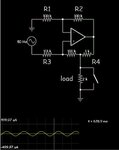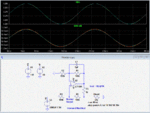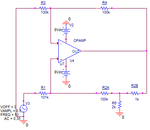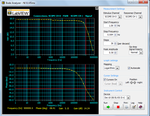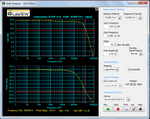anushaas
Member level 5
I am trying to design a 500uA current source using LMC6492.The circuit that I tried simulating is attached along with.
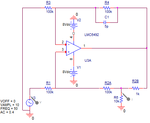
I understand that the expression for the output current of an enhanced Howland current source i = [(R2A+R2B)/(R1*R2B)]v.As per the resistor values chosen,with an input of Vamp =10V,the current should be 10 mA theoretically,but simulation results shows a current of 50uA.
Can anybody tell me where I am going wrong?

I understand that the expression for the output current of an enhanced Howland current source i = [(R2A+R2B)/(R1*R2B)]v.As per the resistor values chosen,with an input of Vamp =10V,the current should be 10 mA theoretically,but simulation results shows a current of 50uA.
Can anybody tell me where I am going wrong?
